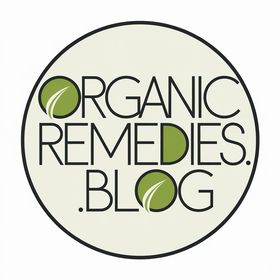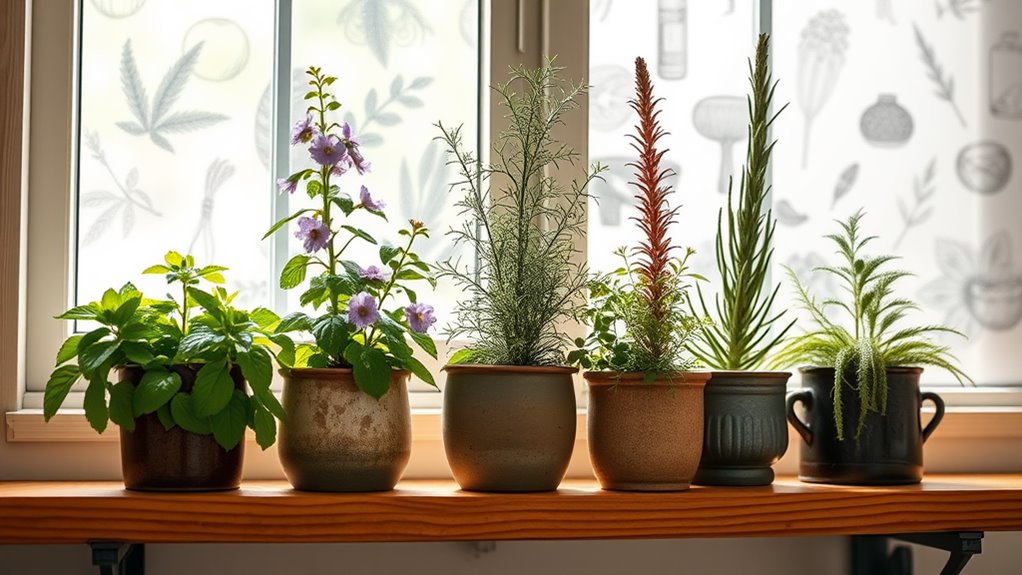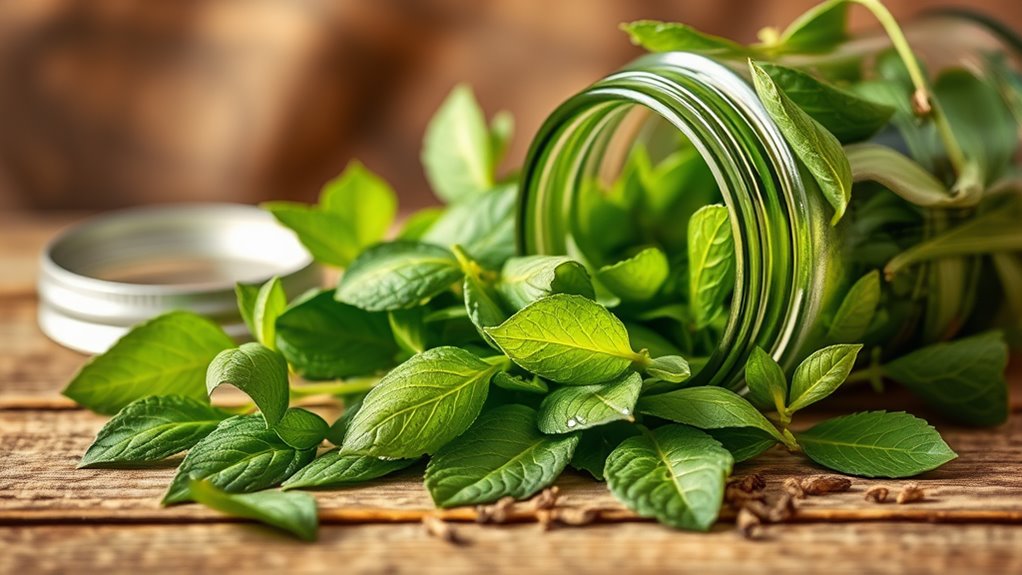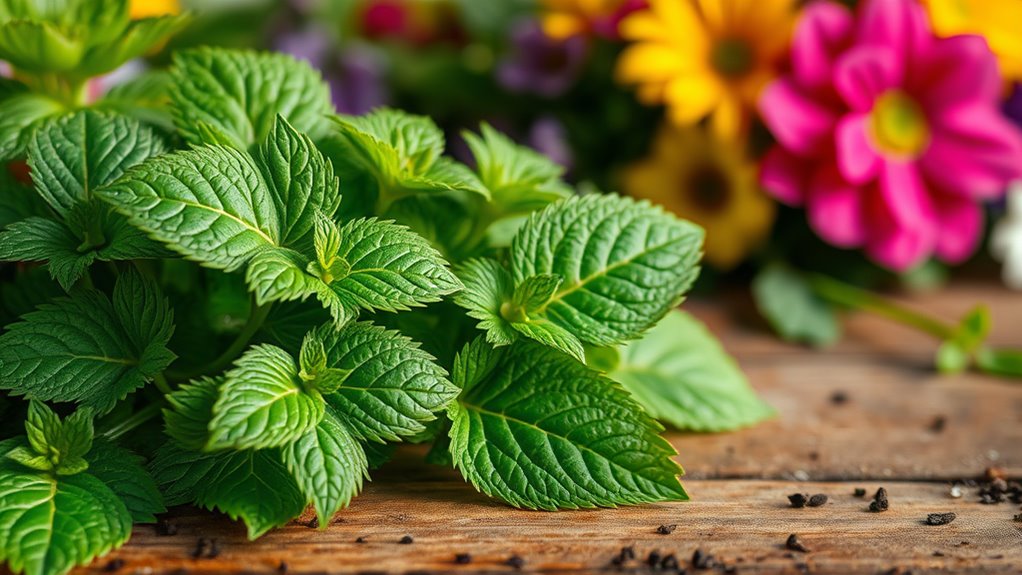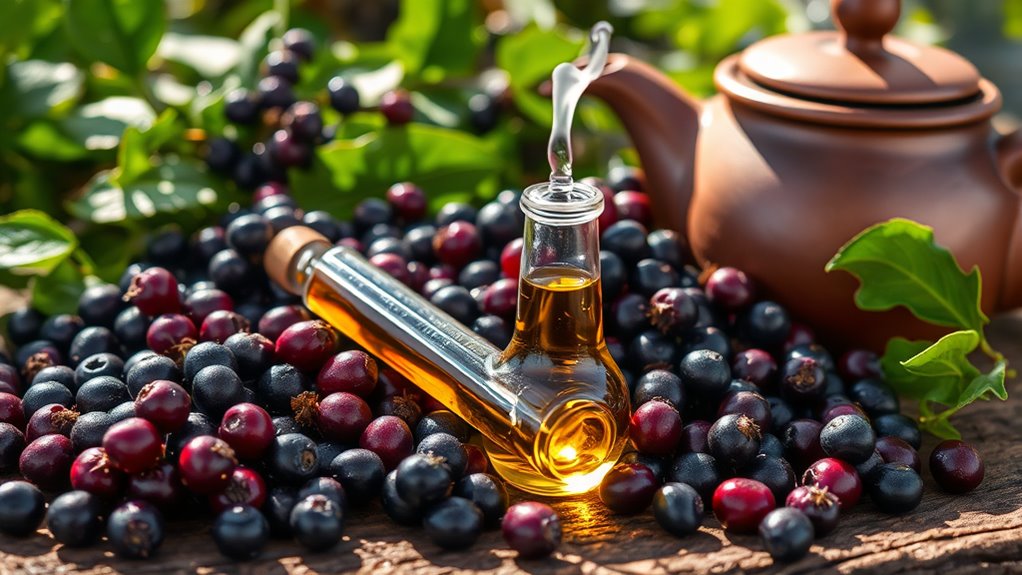Make Your Own Herbal Medicine Cabinet With These 5 Plants
Imagine a world where your medicine cabinet is filled with nature’s best remedies, much like the ancient healers of old. By cultivating just five plants—Aloe Vera, Lavender, Peppermint, Echinacea, and Chamomile—you can create a personal arsenal against everyday ailments. Each plant offers unique benefits, from soothing burns to calming anxiety. Curious about how to grow and use these healing herbs for your health? Let’s explore their incredible potential together.
Key Takeaways
- Aloe Vera: Cultivate for its soothing gel, ideal for treating minor burns, cuts, and sunburns while hydrating the skin.
- Lavender: Grow to harness its calming properties for reducing anxiety and improving sleep quality through tea or essential oil blends.
- Peppermint: Use as a digestive aid and natural decongestant, providing relief for headaches and skin irritation with its cooling effect.
- Echinacea: Incorporate for its immune-boosting benefits, making herbal teas or tinctures to help fend off colds and infections.
- Chamomile: Utilize for promoting relaxation, aiding digestion, and soothing skin irritations, making it a versatile addition to your herbal cabinet.
Aloe Vera
Aloe vera, often called the “plant of immortality,” is a must-have in any DIY herbal medicine cabinet.
This versatile succulent’s gel is renowned for its soothing properties, making it perfect for treating minor burns, cuts, and sunburns.
To add aloe vera to your home herbal medicine kit, simply grow it in a sunny spot and keep the soil slightly moist.
When you need its healing benefits, cut a leaf and scoop out the gel.
You’ll find it not only aids skin recovery but also hydrates and nourishes. Additionally, the gel contains natural compounds that can enhance collagen production, promoting healthier skin.
With aloe, you’re equipped to tackle everyday skin issues naturally.
Lavender
Lavender, with its enchanting fragrance and vibrant purple blooms, is an essential addition to your DIY herbal medicine cabinet.
This versatile herb isn’t just a pretty plant; it’s known for its calming properties.
You can use lavender to reduce anxiety, improve sleep quality, and soothe headaches.
Simply brew lavender tea or create a calming essential oil blend for topical applications.
For a quick remedy, try placing dried lavender sachets in your pillowcase for a restful night.
With its numerous benefits, lavender offers you both comfort and healing, making it a must-have for your herbal collection. Additionally, the calming properties of lavender can be enhanced by combining it with other essential oils like chamomile and bergamot for an even greater effect.
Peppermint
If you’re looking to add another powerful herb to your DIY herbal medicine cabinet, peppermint is a fantastic choice. This versatile plant offers numerous benefits, from soothing digestive issues to relieving headaches. Plus, it smells amazing!
Here’s a quick overview of peppermint’s uses:
| Use | Description |
|---|---|
| Digestive Aid | Helps alleviate bloating and gas. |
| Headache Relief | Provides a cooling effect when applied. |
| Aromatherapy | Boosts mood and mental clarity. |
| Nasal Congestion | Acts as a natural decongestant. |
| Skin Irritation | Soothes minor burns and irritation. |
Incorporate peppermint into your remedies and enjoy its refreshing benefits! Additionally, peppermint can be particularly effective for nausea relief, as it has been shown to reduce nausea symptoms in various studies.
Echinacea
Echinacea, often known as coneflower, is a powerful herb that deserves a spot in your DIY herbal medicine cabinet.
This vibrant plant is celebrated for its immune-boosting properties, helping you fend off colds and infections. It has a long history of use in traditional medicine, showcasing its effectiveness as a natural immunity booster.
You can easily brew echinacea tea or create a tincture to have on hand when you feel under the weather. To use, simply steep the dried flowers or roots in hot water, or mix the tincture with water.
Harvesting your own can be rewarding, too. With Echinacea in your arsenal, you’ll be better prepared to support your health naturally.
Chamomile
Chamomile is a soothing herb that can be a wonderful addition to your DIY herbal medicine cabinet. Known for its calming properties, chamomile can help with anxiety, sleep issues, and digestive problems. You can enjoy it as a tea or use it in essential oil form.
Here’s a quick guide on its uses:
| Use | Description |
|---|---|
| Sleep Aid | Promotes relaxation and restful sleep |
| Digestive Relief | Eases bloating and gas |
| Anti-inflammatory | Reduces swelling and irritation |
| Skin Soother | Helps with minor skin irritations |
| Stress Relief | Calms nerves and anxiety |
Incorporate chamomile into your routine for a natural boost! Additionally, it is important to note that chamomile is often used in herbal tea blends to enhance therapeutic benefits and support overall health.
